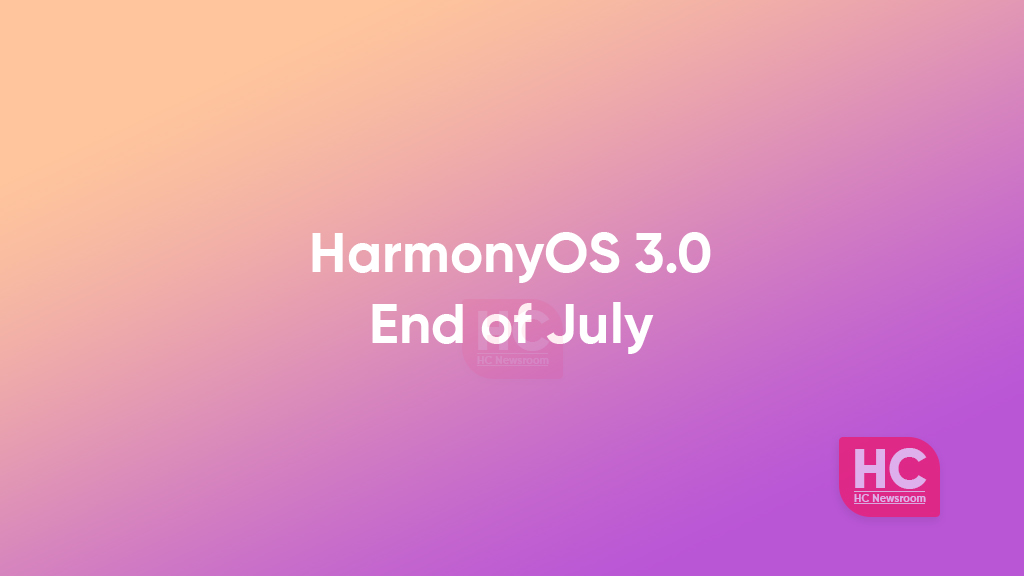HarmonyOS
HarmonyOS 3.0 will launch by the end of July: Huawei

HarmonyOS 3.0 will launch by the end of July, said, Huawei Cloud Payment Business Group President Ma Chuanyong in a recent conversation with the media. HarmonyOS 3.0 is the next major topic for Huawei consumers, and the Chinese tech maker is up and running round the clock to rollout this major HarmonyOS version.
Although, the information is quite surprising but there’s not an exact date announced for the launch event. However, previous leaks have revealed that this HarmonyOS 3.0 could launch by the end of July, exactly on 27. At the event, Huawei could reveal various new technologies that weren’t launched before as well as some new models of existing products.
Huawei is currently testing the developer public beta for the HarmonyOS 3.0 operating system on flagship and tablet devices. The Chines tech giant has already pushed the first developer beta software upgrade for the consumers, which shows us a few of its early signs such as optimizations in the user interface and Super device features.
Moreover, there are HarmonyOS 3.0 wallpapers that are leaked ahead of the official release and you can download them to set on your smartphone.
HarmonyOS 3.0 will take the user experience further ahead with its new features and capabilities that are better than version 2.0.

Developer beta features:
Recently, Huawei published the developer beta features for HarmonyOS 3.0 operating system, which are as the following.
- On the basis of the original touch screen input method, more interactive methods are supported: keyboard and mouse.
- Added columns, sidebars, rich text components, and animation effects (such as shared element cutscenes) to better support application development and motion development on widescreen devices.
- A series of canvas interfaces have been added to support the development of games and media complex applications.
- Add a series of application framework interfaces and corresponding toolchains. Supports the use of pure JS to implement the UI layout and business logic of the card.
- Added a series of event notification interfaces to support the most common types of notifications.
- A series of distributed soft bus interfaces have been added to support communication between applications (within the same device and across devices) using the JS/eTS language.
- Added a series of media data management interfaces, optimized the media file processing (adding, deleting, and modifying) capabilities of local public directories and physical albums, and supported the processing of media file data through object-oriented methods (relative to URL methods).
- Added a series of network connection management interfaces to support unified management of local Wi-Fi and cellular data networks.
- A series of security interfaces have been added to support unified key management services, user identity authentication, and fingerprint authentication.
- Use ArkCompiler to replace the V8, QuickJS engine.
- A series of task management interfaces have been added to support long-term tasks, such as playing music in the background and navigation tasks.
- A series of DFX capability interfaces have been added to support distributed tuning call chains, distributed business process management among multiple devices, and support for obtaining crash and stuck fault logs.
(Source – MyDrivers)






